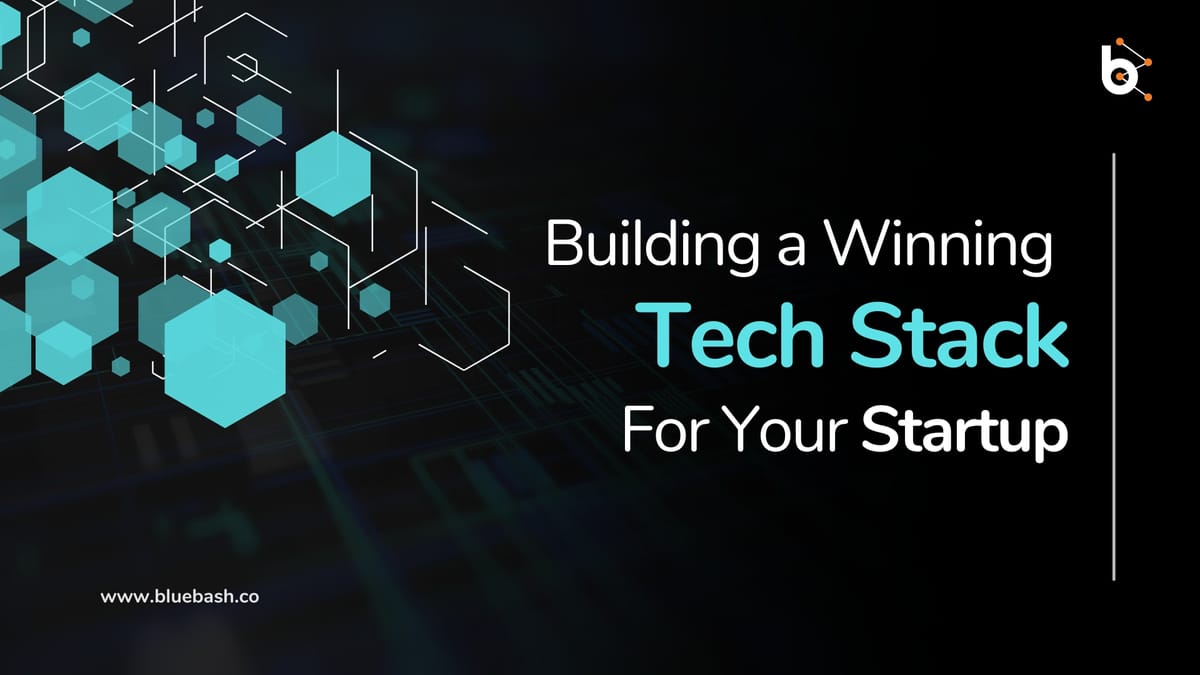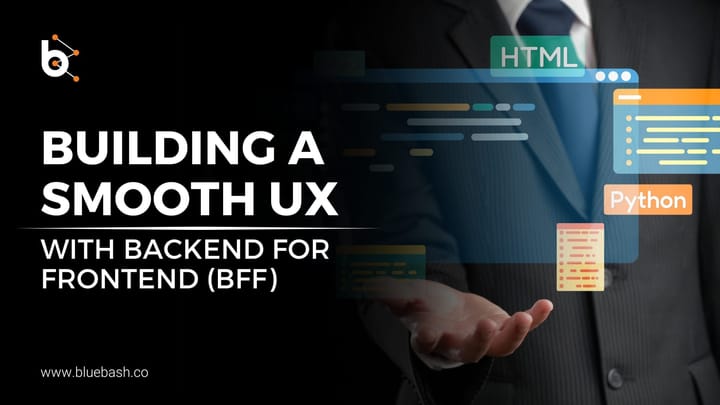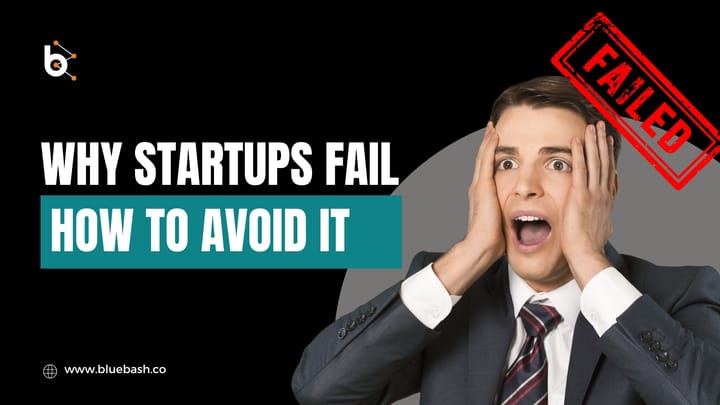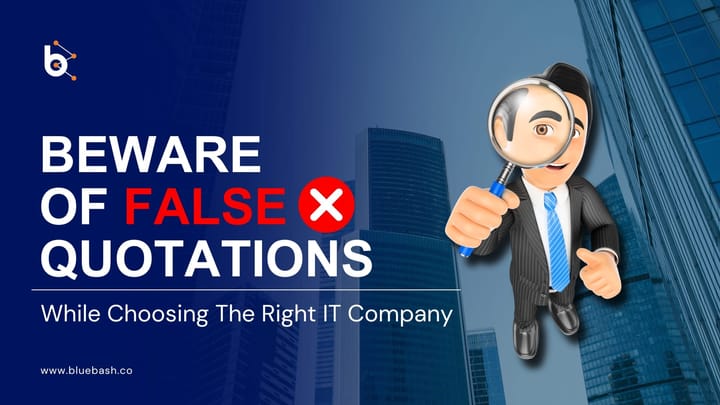Building a Winning Tech Stack for Your Startup

What You Need to Know at Each Stage
Launching a startup is an exciting journey, and the first step often involves developing a Minimum Viable Product (MVP). An MVP is the simplest version of your product that allows you to collect the maximum amount of validated learning about customers with the least effort. It’s not about having all the bells and whistles but about focusing on fundamental functionalities that meet the core needs of your target audience. This approach is crucial in avoiding costly and time-consuming development for features that might not even be necessary.
Why Opt for a Lean MVP Approach?
The "lean" startup methodology revolves around the idea of making smart, agile decisions that help you build more by using less. At the MVP stage, it’s essential to prioritize functionality over fancy features. This not only speeds up the time to market but also keeps your budgets in check. By focusing on what’s truly essential, you can test your business quickly and adapt based on real user feedback. This approach helps in fine-tuning your product to better fit the market needs without blowing through your resources.
Choosing the Right Tech Stack
Selecting the appropriate technology stack is important in building your MVP efficiently. The tech stack includes the technologies used to build and run your application, like programming languages, frameworks, databases, and server environments. Here’s a look at some key technologies that are perfect for MVP development:
- Web Development: Technologies like HTML, CSS, and JavaScript are fundamental. For dynamic functionalities, frameworks like React.js or Vue.js are popular for front-end development, while Node.js and Django are robust choices for the back-end.
- Mobile Development: If your MVP includes a mobile app, consider using frameworks that allow cross-platform development, such as Flutter or React Native. These frameworks enable you to write once and deploy both on Android and iOS, which can significantly reduce development time and costs.
- Database Management: For databases, PostgreSQL and MongoDB offer great performance and flexibility. They are also widely supported by hosting services, which can simplify deployment and maintenance.
- Hosting and Deployment: Platforms like AWS, Heroku, and Google Cloud offer reliable and scalable cloud hosting solutions that can grow with your startup.

Key Factors to Consider While Choosing Startup's Tech Stack
There are tons of tech options out there, and it can be overwhelming. Here are some things to think about when picking the best one for your startup:
Project Size: How big and complicated is your project? For small stuff like a basic app, you'll want simple tools like WordPress and common languages like JavaScript or C++. But for bigger projects, you'll need more advanced tools to do the job right.
Scalability: You might start small, but every startup dreams of growing big. Make sure the tools you pick can handle your future plans. They should be able to grow with your startup and keep up with any changes you make along the way.
Budget: You want top-notch tools, but you also need to watch your wallet. Think about how much it'll cost to get everything set up, from licenses to hosting to hiring developers. Remember, using common technologies like HTML and JavaScript can be cheaper than fancier options.
Time-to-Market: Getting your product out there fast is key. Look for tools that help you build quickly, like Node.js and React. And make sure your team knows how to use them – it'll speed things up even more.
Community Support: It helps to have a big, active community behind the tools you choose. They can give you advice, help you solve problems, and make your life easier. So, look for tools with a strong community backing them up.
How Bluebash Can Help?
At Bluebash, we specialize in helping startups build and launch their MVPs using agile development methodologies. Our approach is tailored to be as cost-effective as possible, leveraging open-source technologies where applicable to reduce costs without compromising on quality. Our team of experienced developers focuses on creating a product that fits your vision while ensuring that it is flexible and scalable enough to evolve based on user feedback.
Our process involves close collaboration with you to ensure that the MVP reflects the core values and functionalities of your final product. By prioritizing tasks and features, we help you reach the market faster, test your business assumptions with real users, and make informed decisions about where to invest in further development.
Conclusion
Launching your startup idea doesn't require a massive budget or a feature-complete product out of the box. By focusing on building an MVP with just the essential functionalities, you can save time, money, and resources while gaining invaluable insights into your product’s potential. With the support of a team like Bluebash, you can leverage the best tools and technologies to bring your vision to life in a way that is both agile and cost-effective.
Remember, the key to a successful MVP is not perfection but potential — the potential to learn, adapt, and ultimately succeed in the market.
FAQ's
What is a Minimum Viable Product (MVP)?
An MVP is the simplest version of your product that includes only the essential features needed to meet the core needs of your target audience. It allows you to gather maximum validated learning about customers with the least effort.
Why should startups opt for a lean MVP approach?
The lean MVP approach helps startups prioritize essential functionalities over unnecessary features, speeding up the time to market, reducing development costs, and allowing for quick adaptation based on real user feedback.
How do I choose the right tech stack for my MVP?
Selecting the right tech stack depends on factors such as the size and complexity of your project, scalability needs, budget, time-to-market requirements, and community support. Using technologies like HTML, CSS, JavaScript, React.js, Node.js, and frameworks like Flutter for mobile development can be effective choices.
How can Bluebash help in developing my MVP?
Bluebash specializes in agile development methodologies to help startups build and launch their MVPs cost-effectively. They leverage open-source technologies which prioritize essential features and collaborate closely with you to ensure the MVP reflects your vision and can adapt based on user feedback.
Why is it important to consider time-to-market when choosing a tech stack?
Choosing a tech stack that allows for quick development and prototyping helps you launch your product faster. This can give you a first-mover advantage and enables you to gather user feedback and iterate on your product quickly.



